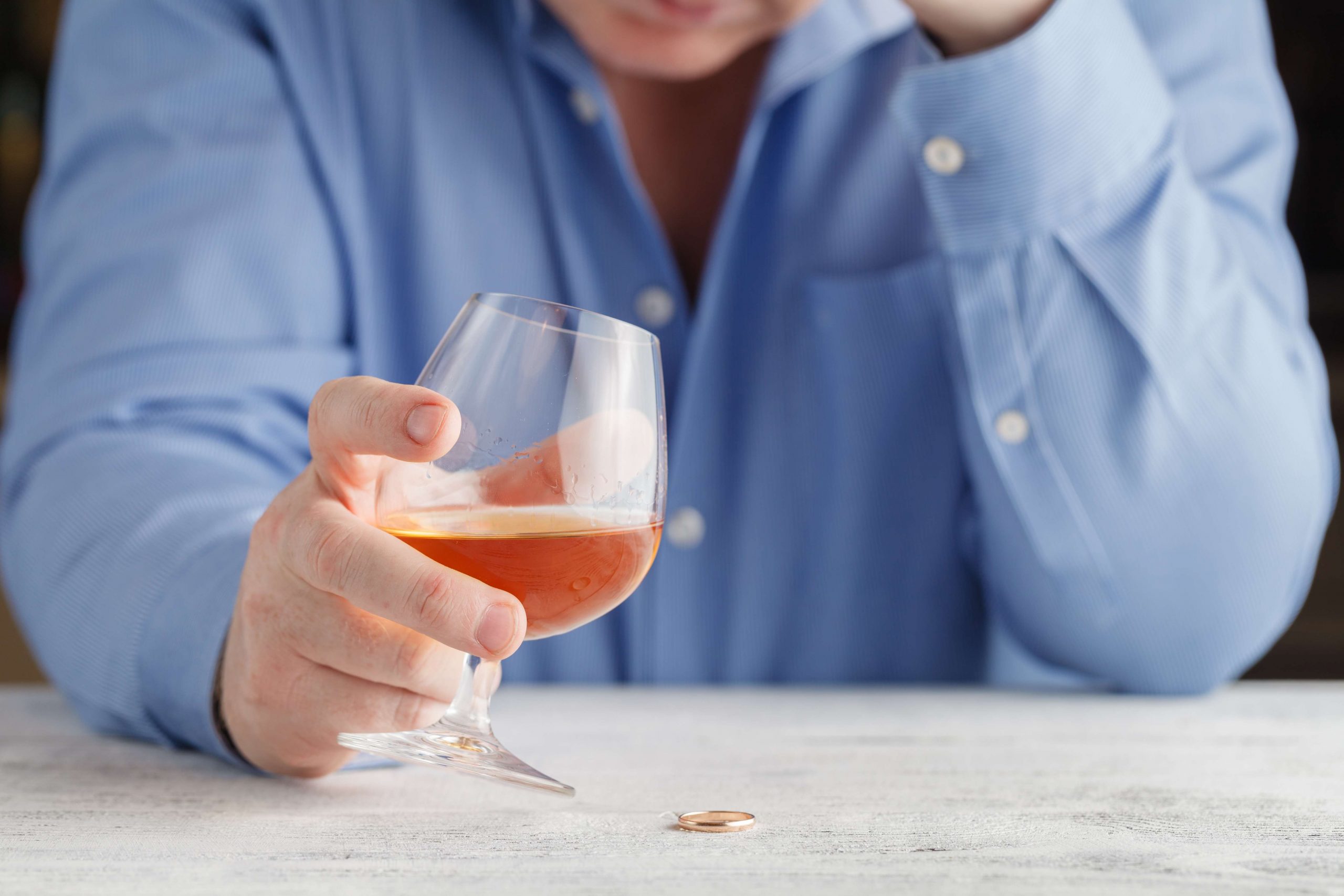Findings from a review of randomized controlled studies suggest that although energy drink consumption may deter small declines in cognitive function that result from alcohol consumption, such counteracting effects are not observed when driving (Babor et al., 2018; Lalanne et al., 2017). In addition, evidence suggests that consumption of drinks combining alcohol and energy drinks hinders a person’s ability to estimate their level of impairment (Forward et al., 2017). The most distinct and frequent statistical relationships were between measures of substance use and addiction to alcohol and dependent variables for (1) binge and heavy binge drinking and (2) self-reported drunk driving episodes. In particular, substance use and alcohol addiction variables—use of illicit drugs, alcohol dependence, drinking before 3 pm, and drinking more than once daily—predicted heavy binge and binge drinking and the number of self-reported drinking and driving episodes in the past year. Substance use and alcohol addiction variables were generally not statistically significant in our analysis of arrests, citations, and chargeable accidents. Possibly alcohol dependent individuals are more adept at avoiding police patrols.

Likewise, 49 percent of drivers in alcohol-related fatal crashes were ages 21 to 45, and this age group makes up 35 percent of the population. Most drivers in alcohol-related fatal crashes are male (73 percent) (NHTSA 2003a,e). https://ecosoberhouse.com/ In 2002, 84 percent of the drivers who had been drinking and were involved in fatal crashes had BACs at or above 0.08 percent (NHTSA 2003). Most States have established a BAC of 0.08 percent as the legal level of intoxication.
Safety Belt Use
Alcohol affects your judgement, so you’d be in no position to evaluate your driving skills — or anyone else’s, for that matter — after drinking. There’s really no reliable way to self-test your ability to drive safely after drinking, even with a sleekly designed app on your phone. Also, your driving skills can be affected even if you’re well under the legal limit, which could also result in legal problems. A BAC of .08 grams of alcohol per deciliter (g/dL) or higher is above the legal limit in the United States. BAC is determined by the amount of alcohol in the blood compared to the amount of water in the blood. A standard drink in Australia is 10 grams of pure alcohol, while in the United States it is 14 grams.
Nevada DUI Laws (2024 Guide) – Forbes Advisor – Forbes
Nevada DUI Laws (2024 Guide) – Forbes Advisor.
Posted: Thu, 15 Jun 2023 07:00:00 GMT [source]
Multi-component interventions combine several programs or policies to reduce alcohol-impaired driving. The key to these comprehensive efforts is community mobilization, in which coalitions or task forces help design and implement interventions. Your life and the lives of others on the road are at risk every time a driver gets behind the wheel after drinking.
THE ALCOHOL ENVIRONMENT
Over 5 times as many persons were cited for speeding and about the same percentage were charged in a motor vehicle accident as were arrested for DUI. The BRFSS weighted sample means for citations for speeding and accidents were much closer to the raw means consequences of drinking and driving from SAD since the probability of being cited for speeding/accidents did not differ nearly as much by drinker type as did DUI arrests. However, binge and heavy binge drinkers were more likely to have been cited for speeding than other drinkers were.

However, global analyses of alcohol industry CSR activities have consistently found that the alcohol industry pursues and supports the least effective strategies and actively opposes the most effective (Babor et al., 2015, 2018; Esser et al., 2016; Pantani et al., 2017). Esser et al. (2016) performed a content analysis of 266 randomly sampled alcohol industry initiatives to decrease alcohol-impaired driving and found that insufficient evidence or no scientific evidence exists for 56.0 percent of these initiatives. See Appendix C for more information on the alcohol industry’s role in promoting alcohol-impaired driving interventions. Data from the 1975–2016 Monitoring the Future survey suggest that 32 percent of college students binge drink (Schulenberg et al., 2017).2 Similarly, a review of studies on drinking among college students found a consistent national rate of binge drinking of about 40 percent (Wechsler and Nelson, 2008). In college settings, rates of drinking are highest among first-year students, athletes, and members of fraternities and sororities (Wechsler and Nelson, 2008). Additionally, almost one-quarter of college students who self-identify as current drinkers consume alcohol with energy drinks, putting themselves at a higher risk of serious consequences, as caffeine affects a drinker’s ability to judge their level of impairment (O’Brien et al., 2008).